A protector of the forests in Slavic lore, Leshy is known to play tricks on those who enter his woods — while some legends say he’s a malevolent spirit who kidnaps babies.
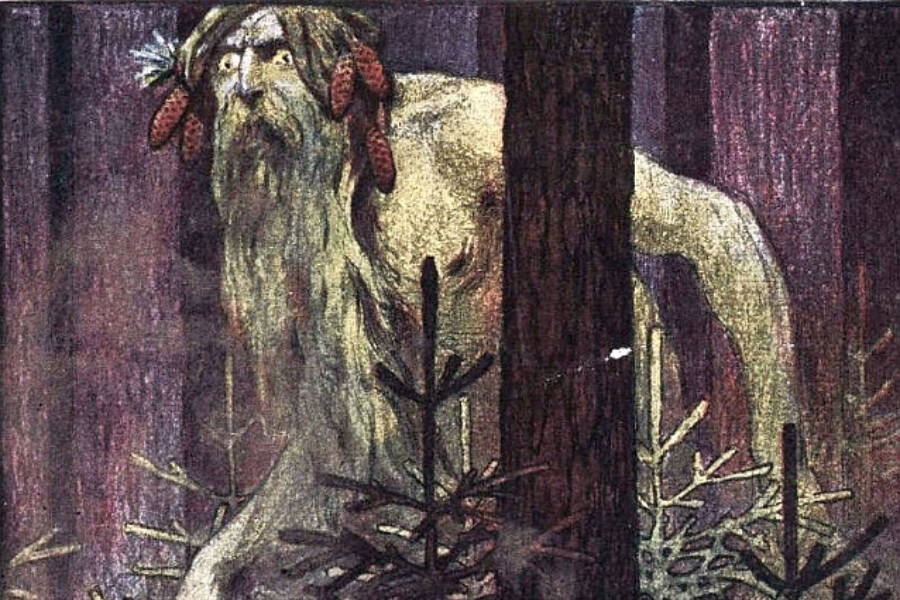
Wikimedia CommonsLeshy is a mischievous spirit who is said to be able to take many different forms.
For centuries, Slavic folklore has spoken of a frightening forest spirit known as Leshy. A protector of the forests, the Leshy most often appears in the form of an old bearded man missing his eyebrows, eyelashes, and right ear. However, Leshy can take many forms — and he is a far more complex character than he might seem at first glance.
Though he is a protective spirit, Leshy is also known to play tricks on travelers who become lost in his woods. He prefers not to be seen by humans, though he can be heard singing, laughing, and whistling through the forest, and it’s said that his movements cause the trees to blow around him. And when he is angered, his temperament can quickly turn foul.
Those who respect Leshy’s forests are typically spared his ire. But those who enter his forests seeking to cause harm — cutting trees or hunting without Leshy’s permission — tend to find themselves in less than favorable circumstances.
The Old Man Of The Forest
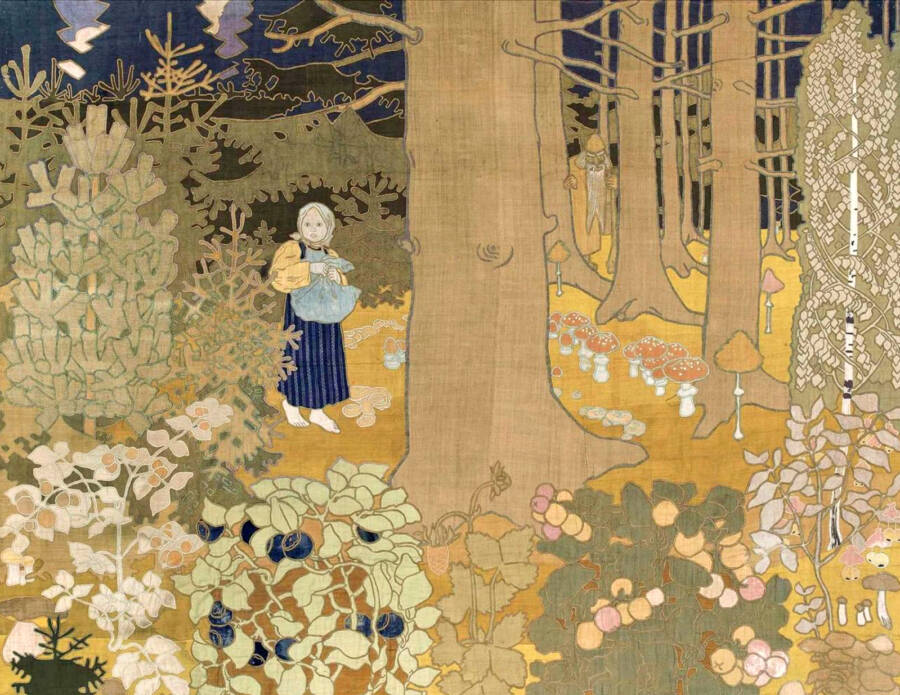
Wikimedia Commons“Girl and Leshy” by Maria Yakunchikova (1899).
Characterizations of Leshy tend to vary widely. PBS reports that much of Slavic lore was handed down orally before it was ever recorded in writing, which may account for why folk tales have painted Leshy in several different lights over the centuries.
According to some accounts, Leshy is a shapeshifter who can appear as any element of the forest — a mushroom, a log, a pebble, a woodland creature — or simply not at all, should he choose to remain invisible.
But if he makes himself known, he may appear as a withered old man. He is said to have a wizened face covered in a tangled, mossy green beard, and blue blood that tints his bark-like skin. At times, he is as tall as the trees, though he can also shrink down to the size of an ant. Some stories depict him as having cloven hooves and horns.
In some tales, Leshy is not a single, isolated character. Rather, “leshy” is a term applied to any number of forest spirits, who play games with one another and gamble their animals away.
Depictions Of The Leshy Throughout The Ages
It is difficult to pin down one precise definition of Leshy. By his very nature, he is an ever-changing spirit of the forest, one who exists in countless stories passed along from generation to generation — and his many, many names reflect this. He is also known as: Borovoi, Gayevoi, Leshak, Lesnik, Lesovik, Lesovoi, Lesun, Mežainis, Miškinis, Miško velnias, and Lauma.
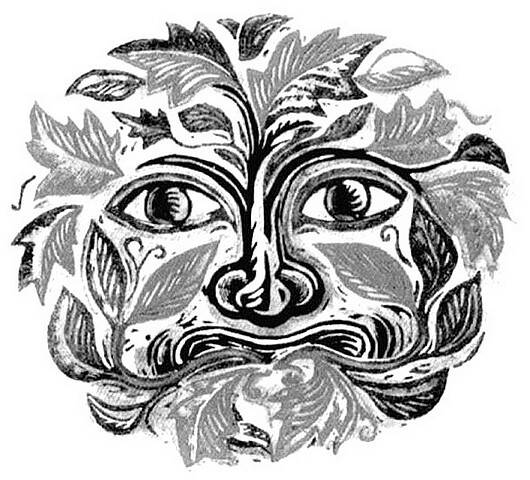
Wikimedia CommonsThe face of Lesovik, one of many other names for Leshy.
Some of these variations are due to regional differences. Leshy has appeared in the folklore of countries such as Poland, Russia, Ukraine, Latvia, and Lithuania, among others.
One thing all stories seem to agree on is that Leshy’s primary concern is protecting the forests.
Many folk stories also speak of Leshy as a playful spirit, known to play tricks on those who visit his forest. The Leshy is adept at casting illusions and disorienting those who travel through the woods, a skill he implements to protect animals from hunters or to lure travelers deep into unfamiliar parts of the forest so they’ll get lost.
Leshy victims who wish to find their way again can try to make him laugh by putting their clothes on backward and their shoes on the wrong feet.
More malevolent portrayals of Leshy depict him kidnapping babies that haven’t been baptized, or children who’ve wandered into the forest alone. In some stories, Leshy has a cursed human wife named Leschachikha, who is said to have either left her village or been driven out of it. The couple have multiple children, some of which are theirs, some of which are the ones Leshy kidnapped.
In any case, Leshy was revered among the Slavic people, who often feared entering forests without his permission. They would ask Leshy’s consent to enter, and vow not to harm any animals or fell any trees without his authorization. Tales of Leshy, then, often acted as reminders to be respectful of nature.
Leshy In Popular Culture
In recent years, the chilling tales of the Leshy have inspired multiple works of popular culture — most notably, the Witcher video games and Netflix series, in which the forest spirit is known as a “leshen.”
The leshens, though inspired by the Slavic legend of Leshy, differ somewhat from most of the Leshy myths. These spirits are murderous forest creatures with deer skulls and tree-like bodies. In The Witcher, leshens serve as embodiments of the forest’s malice towards the “pestilence” of humanity, and a last resort to protect the forests against humans.
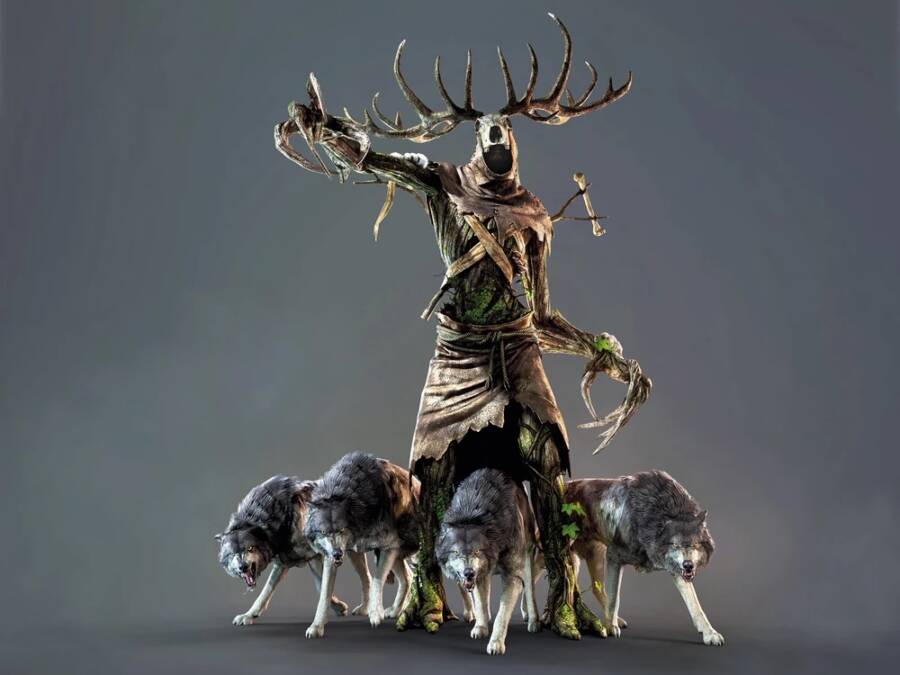
CD Projekt RedA leshen from The Witcher 3.
The Leshy has likewise been featured in the tabletop roleplaying series Pathfinder. In this game, leshies are spirits given physical forms, which may vary depending on what materials are used to create them. They can appear to be made of fungi, fruit, gourds, leaves, lotuses, roots, seaweed, vines, or cacti, and typically appear to be three-foot-tall humanoids.
Associations With Other Slavic Folk Figures
Leshy is just one of many figures to appear in Slavic folklore. And like other types of folklore around the world, much of Slavic mythology is intertwined, with various figures interacting with one another as friends or as foes.
For example, one depiction of Leshy, in the form of a painting, shows him comforting Baba Yaga, the cannibalistic “Grandmother Witch.”

Album/Alamy Stock PhotoLeshy and Baba Yaga, another character from Slavic lore.
Other tales have connected Leshy with the devilish Slavic spirit Chort, another shapeshifter known to trick humans. However, the association between the two seems to end there; unlike the Leshy, who has a dual nature, the Chort is generally considered to be an embodiment of evil, known to lure people to Hell.
Like the stories of Leshy himself, stories of his family can also vary widely. His wife has sometimes been called Leschachikha, Leszachka, or Lesovikha — or, in other cases, identified as an entirely different character: the Kikimora, a female house spirit who might be benevolent or malevolent depending on the attitude of the homeowner.
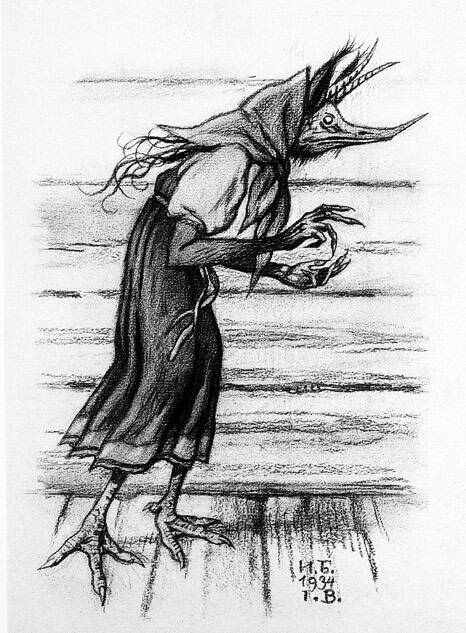
Wikimedia CommonsKikimora, a Slavic female house spirit.
Like the Leshy, Kikimora is said to kidnap children or even unsuspecting adults who wander into the woods, and has also been associated with Baba Yaga in certain circumstances.
The Kikimora, who resides in swamps, enters a home at night by slipping through a keyhole. It is said that a kindly Kikimora who moves into a home will pitch in with household chores. But she might also cause trouble if the house is in constant disarray or if its residents are badly behaved. If one wishes to rid their home of a Kikimora, the best way to do so is by keeping the home clean or changing one’s behavior.
These many variations in Slavic tales can make it difficult to succinctly characterize figures like the Leshy. But they also show how versatile they were — and how Slavic culture used that versatility to create timeless tales full of fascinating characters.
After reading about Leshy, the Slavic spirit of the forest, read the story of the banshee, the chilling death omen from Celtic folklore. Then, meet the dybbuk, the malevolent spirit of Jewish folklore.





